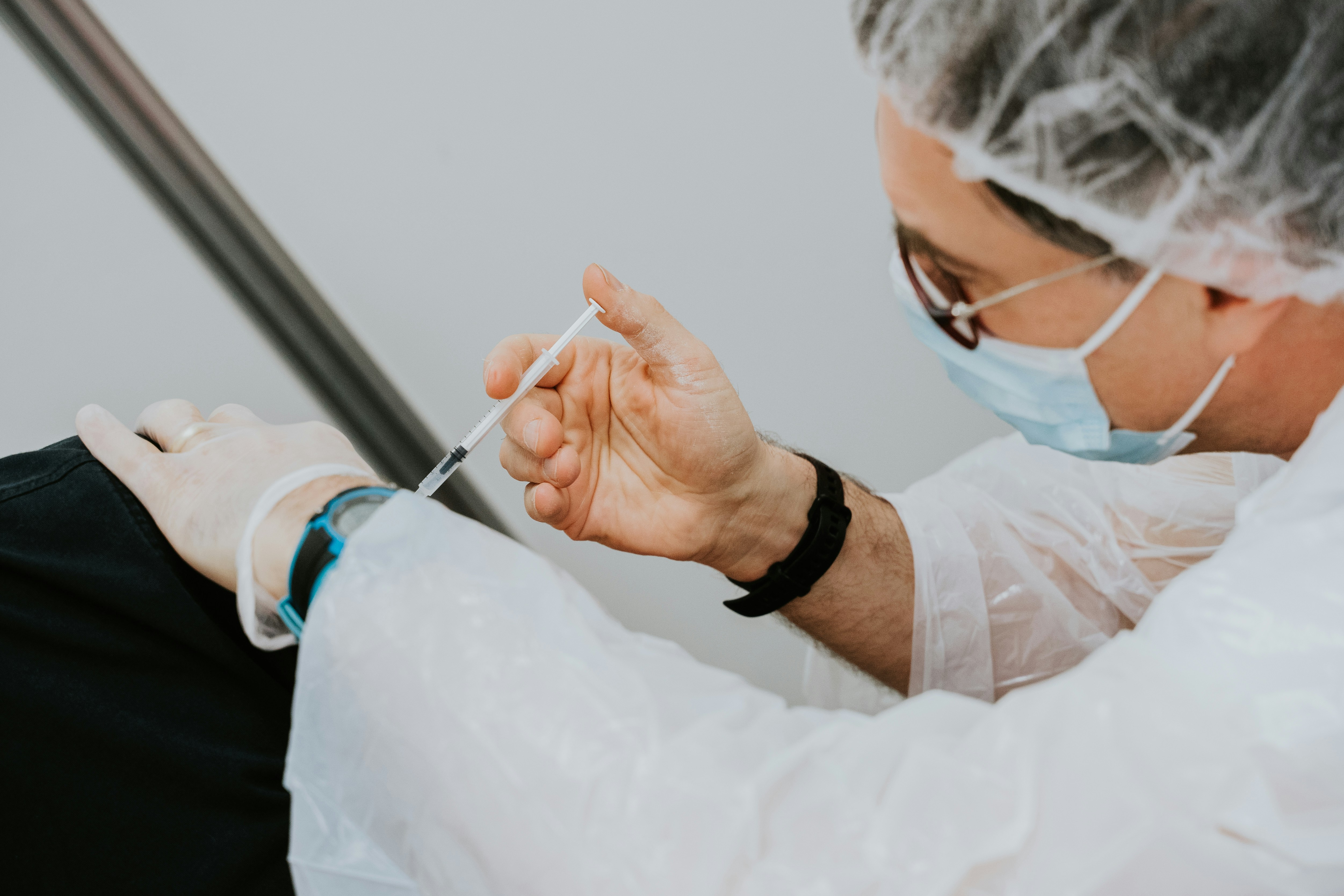Understanding vaccine hesitancy in rural America
Paul Reiter aims to illuminate regional differences
By Amelia Stroud

Vaccine hesitancy remains a complex public health challenge, particularly in rural areas where unique community dynamics and barriers to access may complicate the issue. The COVID-19 pandemic amplified this challenge, driving an increase in vaccination opposition and underscoring the need for public health interventions focused on these communities.
That’s why Paul Reiter, a professor of health behavior and health promotion at Ohio State’s College of Public Health, is launching a study aimed at unraveling the complexities of vaccine hesitancy in rural communities and providing data that could be instrumental in shaping vaccine education and outreach efforts.
Reiter’s team is investigating individual-level and county-level factors contributing to vaccine hesitancy and uptake. He and his team will analyze variables such as socioeconomic status, political climate, health care access and religious beliefs to identify why vaccine hesitancy and vaccination rates vary across rural regions.
A distinguishing feature of this research is its innovative approach to classifying rural areas. Rather than relying on a simple rural-versus-urban framework, the study is using an approach that categorizes each U.S. county into one of nine categories based on factors including proximity to urban centers, transportation infrastructure and community resources.

“This is a huge step forward compared to just your standard urban versus rural comparison,” Reiter said.
Mira Katz, a CPH professor of health behavior and health promotion and one of Reiter’s collaborators, said rural communities vary in several ways, including geographic features, access to health care and cultural issues that may influence the lives of residents, including their beliefs and attitudes about health.
“It is important to understand the reasons why people are vaccine hesitant so that we can consider those factors when developing and implementing health promotion programs in a way that will be acceptable to the various populations,” Katz said.
Reiter’s upbringing in rural northwest Ohio fueled his passion for rural health research and inspired his focus on the nuanced differences among communities that are often lumped together.
“I grew up in rural Ohio, and I’ve just always had a natural interest in rural health,” he said. “I’ve maintained that as one of my threads through all my research projects.”
This project — which also includes CPH collaborator Michael Pennell, a professor of biostatistics — centers on understanding how individual and environmental factors contribute to hesitancy across different rural settings. The team will analyze data from the National Immunization Survey-Teen to study attitudes toward vaccines in general but also honing in on specific vaccines such as flu, HPV and COVID-19.
Reiter suspects hesitancy may remain greater for COVID vaccination than others, including HPV, which has faced some pushback historically because of the virus’s link to sexual activity, he said.
“COVID introduced another level of doubt around vaccination,” Reiter said, adding that the connection between the pandemic and vaccine hesitancy was widespread and complicated by several factors, including political views.
“Vaccine maps look somewhat similar to presidential election maps. Broadly speaking, vaccine uptake tends to be higher in the Northeast and lower in the Southeast,” Reiter said.
This correlation highlights the significant role cultural and political factors play in shaping public attitudes toward vaccines, and the study may help by giving public health experts a better understanding of how those factors vary across different types of rural communities.
Beyond better understanding hesitancy, the research aims to inspire new approaches focused on meeting the varying needs of rural communities, Reiter said.
Ideally, the research will be step toward rebuilding trust in vaccines, one rural community at a time, he said.
“This is definitely a step in the direction of understanding how different factors uniquely shape vaccine outcomes in rural areas,” Reiter said.
The research is supported by the National Institutes of Health: National Institute on Minority Health and Health Disparities.